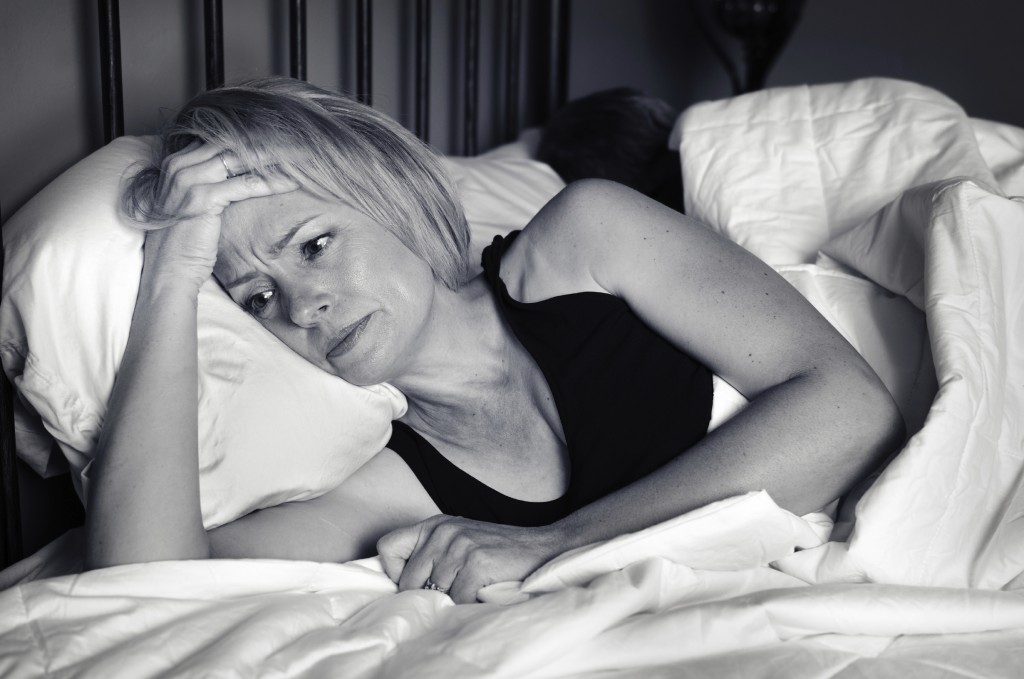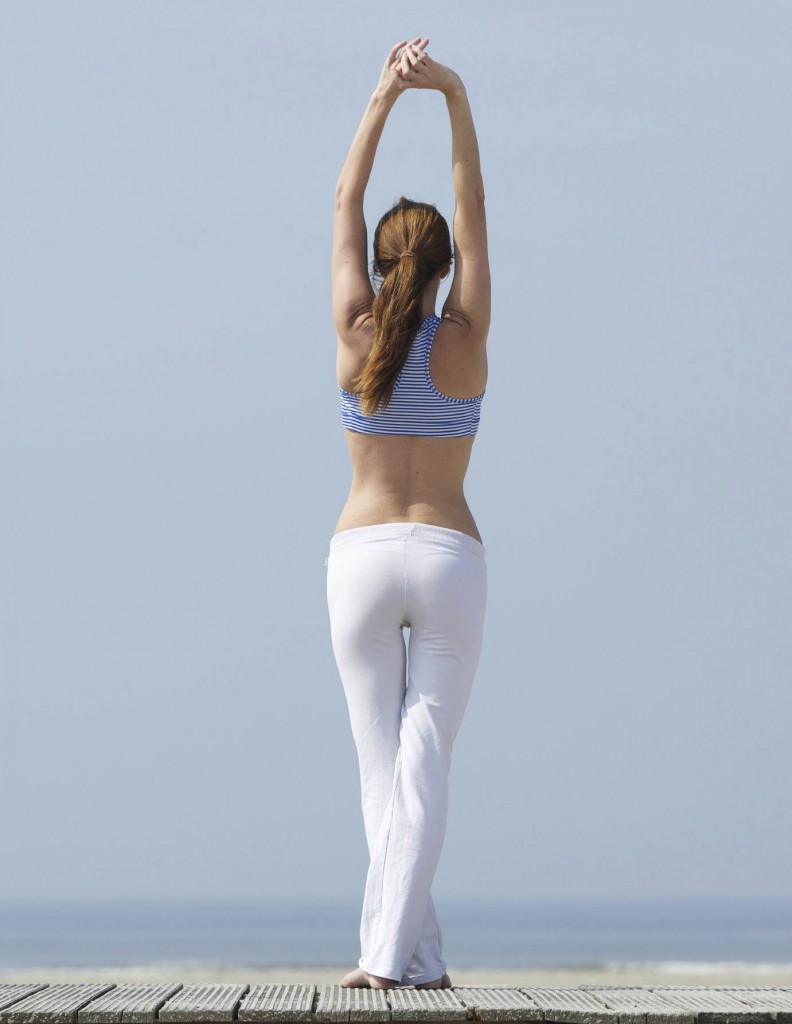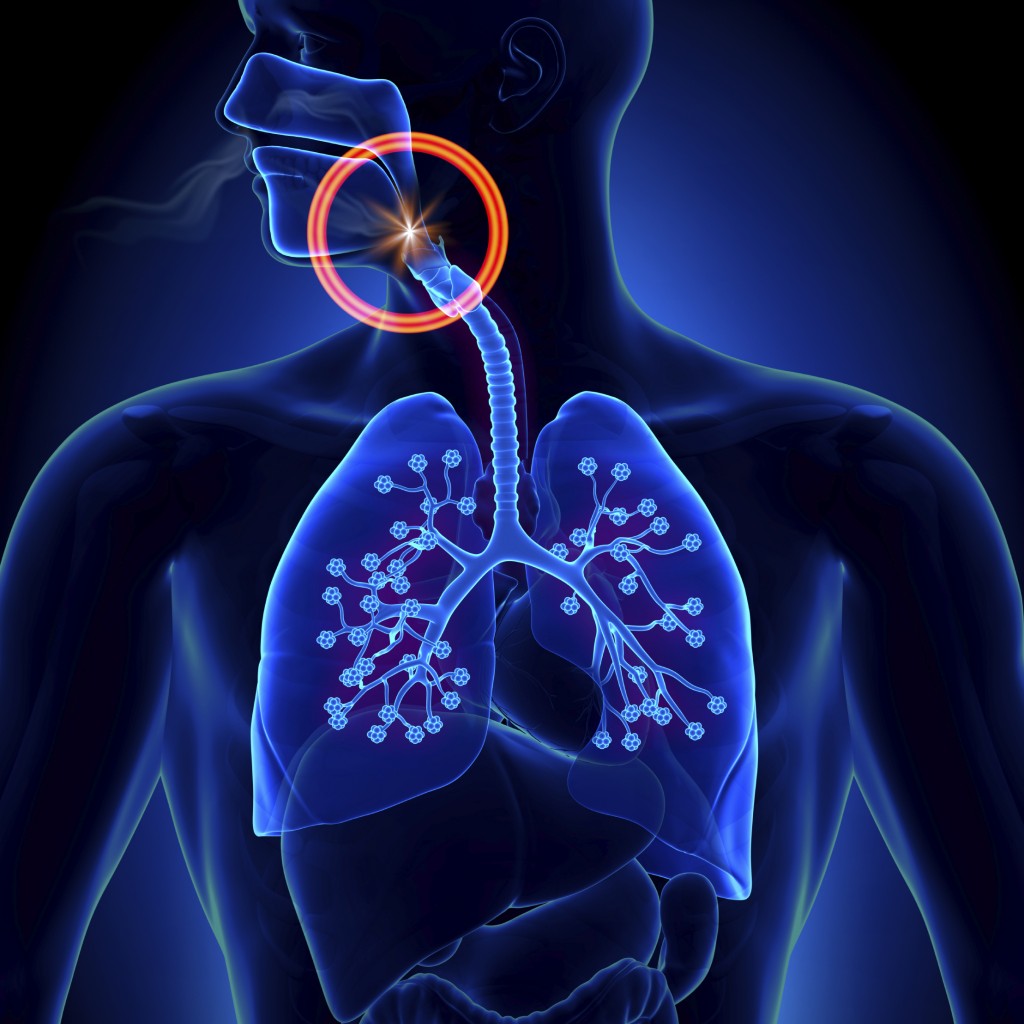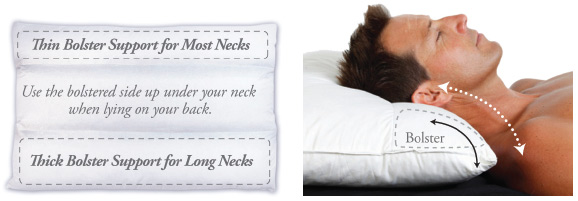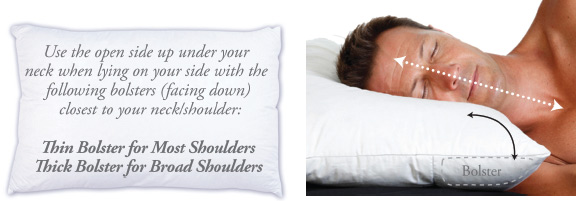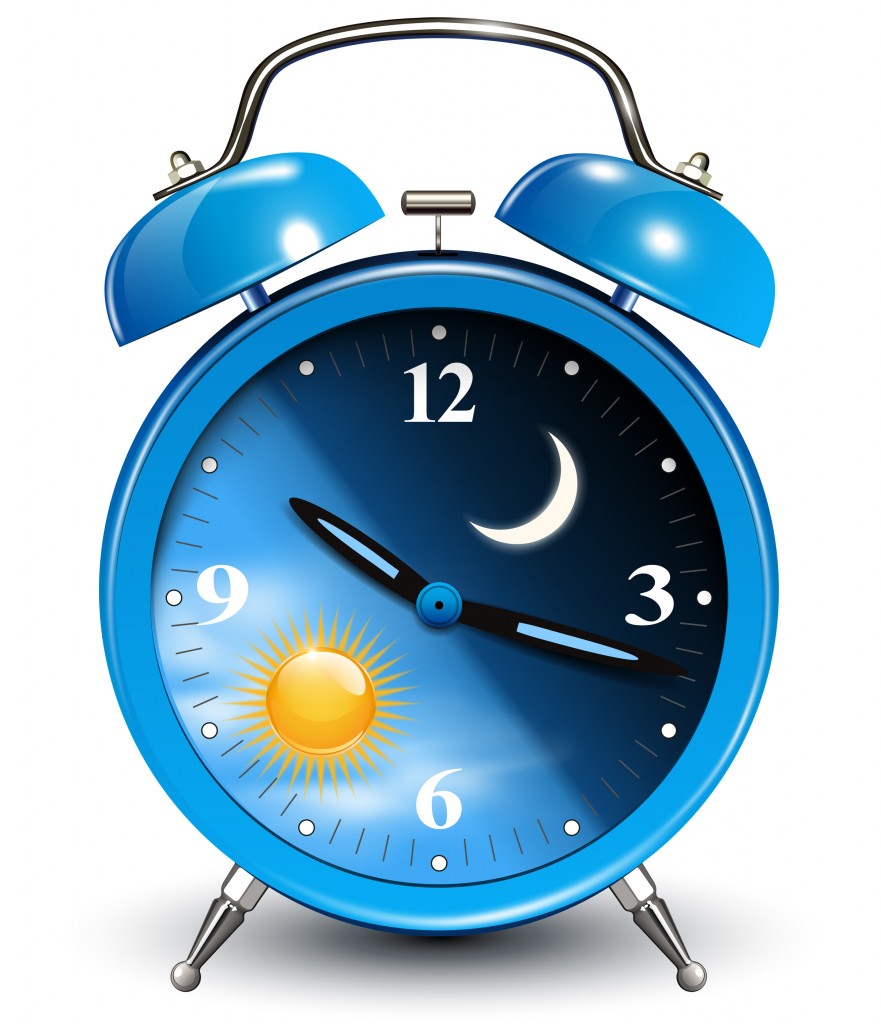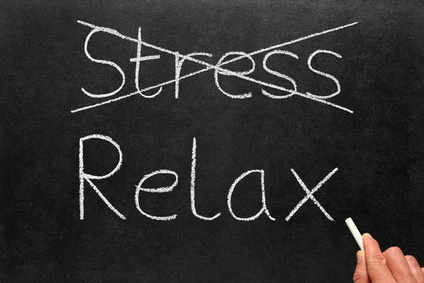 Most people know that yoga is an excellent way to improve one’s health. It provides the body with low-impact exercise that can increase strength, flexibility and improve one’s state of mind (much like meditation).
Most people know that yoga is an excellent way to improve one’s health. It provides the body with low-impact exercise that can increase strength, flexibility and improve one’s state of mind (much like meditation).
But did you know there are specific yoga poses that can help with neck pain? Plus, there are certain yoga poses, like savasana, which require neck support to ensure your muscles can relax instead of tensing up. Let’s take a look at some neck-friendly yoga poses and some easy ways to support your neck while you do yoga — and while you sleep!
Yoga Exercises the Strengthen the Neck
We’ve put together some of our favorite yoga poses that strengthen and stretch the neck. If you frequent yoga classes, you can also speak with your instructor for additional poses and tips on your form. Please be advised, that although these yoga exercises can help with neck pain, they do not replace the care of a medical professional.
Breathing & Posture
Let’s start with an easy one, which isn’t really a yoga pose, but is extremely helpful all the same. Breathing deeply and mindfully is an effective way to relieve neck tension, which can be a cause of neck pain. Shallow breathing causes neck muscles to contract, while deep breathing moves the contractions into the diaphragm where it belongs. It can also help relax your body as a whole, and help bring composure to your mind.
While breathing deeply into your diaphragm, focus on your chest and collarbones. Be sure to broaden the collarbones, which in turn will raise your chest, helping your body align. Check shoulder blades and be sure to relax them if they’e raised towards your ears.
With posture, make sure your chair and desk at work are ergonomically correct. We’ve got some tips for this, as well as how to improve your posture while standing and walking in our article, Tips for Better Spine Alignment.
Savasana (Corpse Pose)
Another simple pose, all that savasana requires is for you place your body in a neutral, supine position. In other words, lie on the floor. Adjust your back and neck until they are straight, hands facing upward at your side, and your feet slightly apart. In order to accomplish the neutral position, you will need support for the head and neck. Our pillow does an excellent job of this, and is perfect for yoga.
Cat Pose & Cow Pose
With cat pose, the first think you’ll need to do is get on your hands and knees. Use a yoga mat if you have one. Then, exhale while rounding your spine towards the ceiling, gently bringing your head in toward the chest. Cow pose is a “continuation” of cat pose. Simply inhale as you drop your belly towards the mat. Lift your chin and chest, and gaze up toward the ceiling. Sequentially continue these two poses for a couple of minutes.
Downward Dog at the Wall
Face a wall, and place your hands on the wall at waist height. Take small steps backward into a “table top” position. Your feet should be directly under your hips. Lift your sitting bones towards the sky and press your hands towards the wall. If your hamstrings feel too much tension from the stretch, it’s a good idea to bend your knees slightly. Hold the position for six long, deep breaths, while putting your attention on opening the chest and lengthening your spine.
The Clock (Pec Stretch)
Another good yoga pose that can help with neck pain is the pectoral stretch. First, stand along side a wall with your right hand pointing in the 12 o’clock position (arm should be straight, touching the wall). In slow motion, move your hand from from the 12 to 3 o’clock position. Take your left hand and place it on the right side of your rib cage. Breathe in deeply, and as you exhale “pull” the rib cage forward without moving the right arm. Your front, right shoulder should feel the stretch, or possibly down your right arm. Hold for six deep breaths. Once done, repeat the pose on the other side of your body. If you experience any tingling in either arm, move away from the wall until the sensation goes away, or stop the pose immediately.
The more you do these poses, the better off your neck will be! Another way to easily reduce neck pain is to use a supportive pillow …
Support While You’re Sleeping
Just as in the savasana pose, The Natural Comfort Pillow supports the neck, as well as spine alignment, while you sleep. Even better, it works for back- and side-lying sleepers. Supporting the neck while you sleep can go a long way in loosening muscles instead of them tightening up. Learn more about how our pillow.
